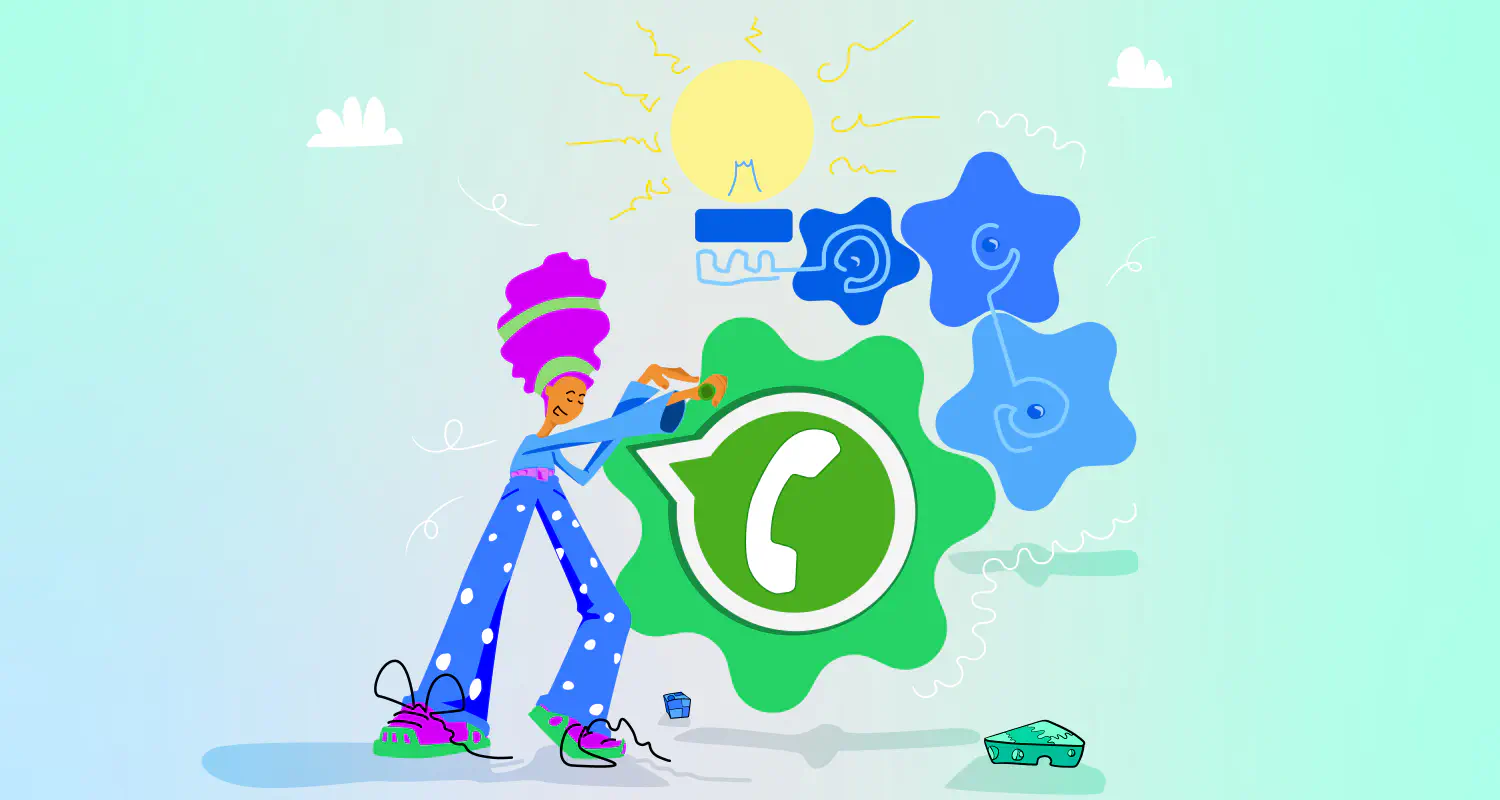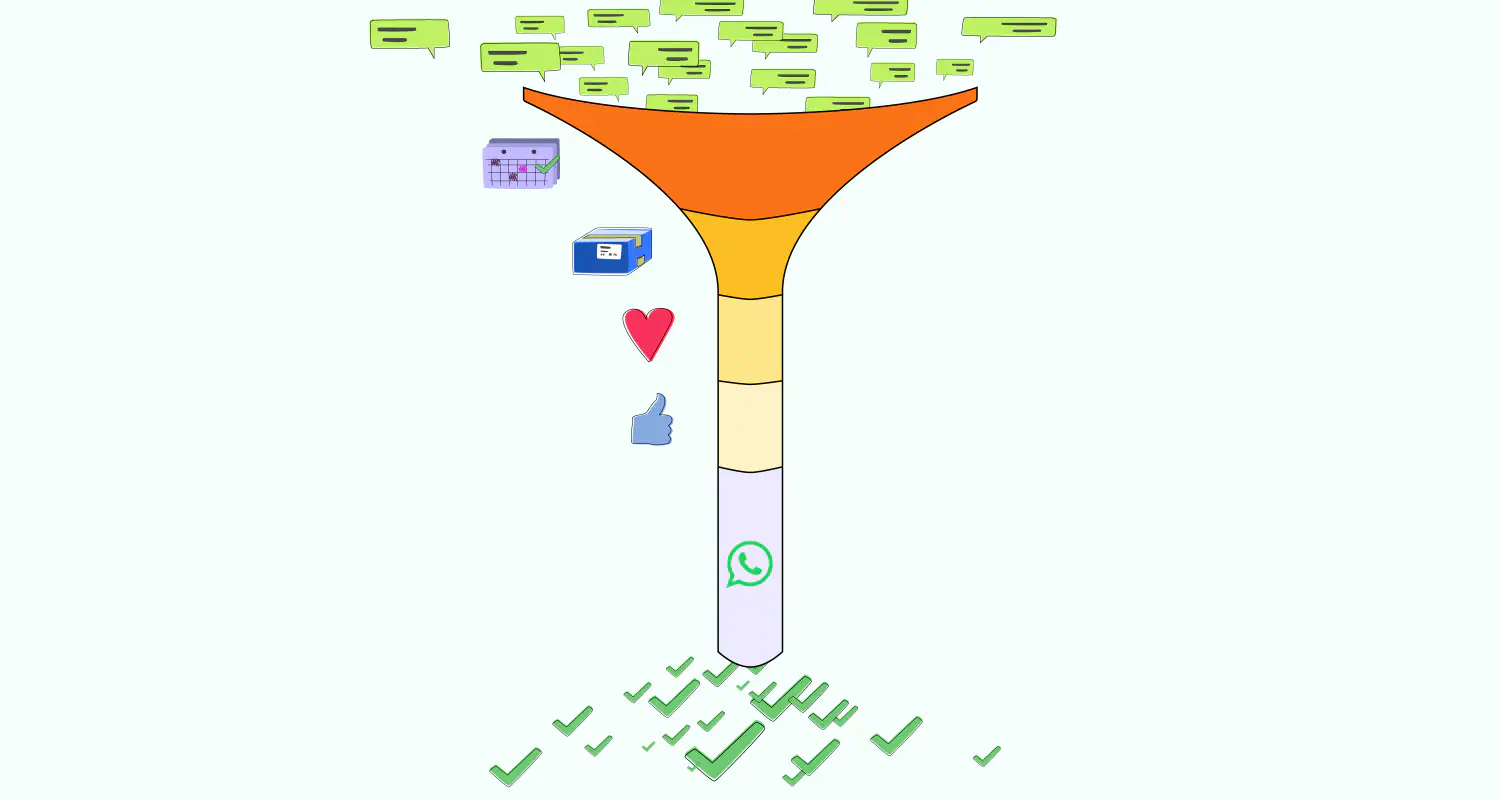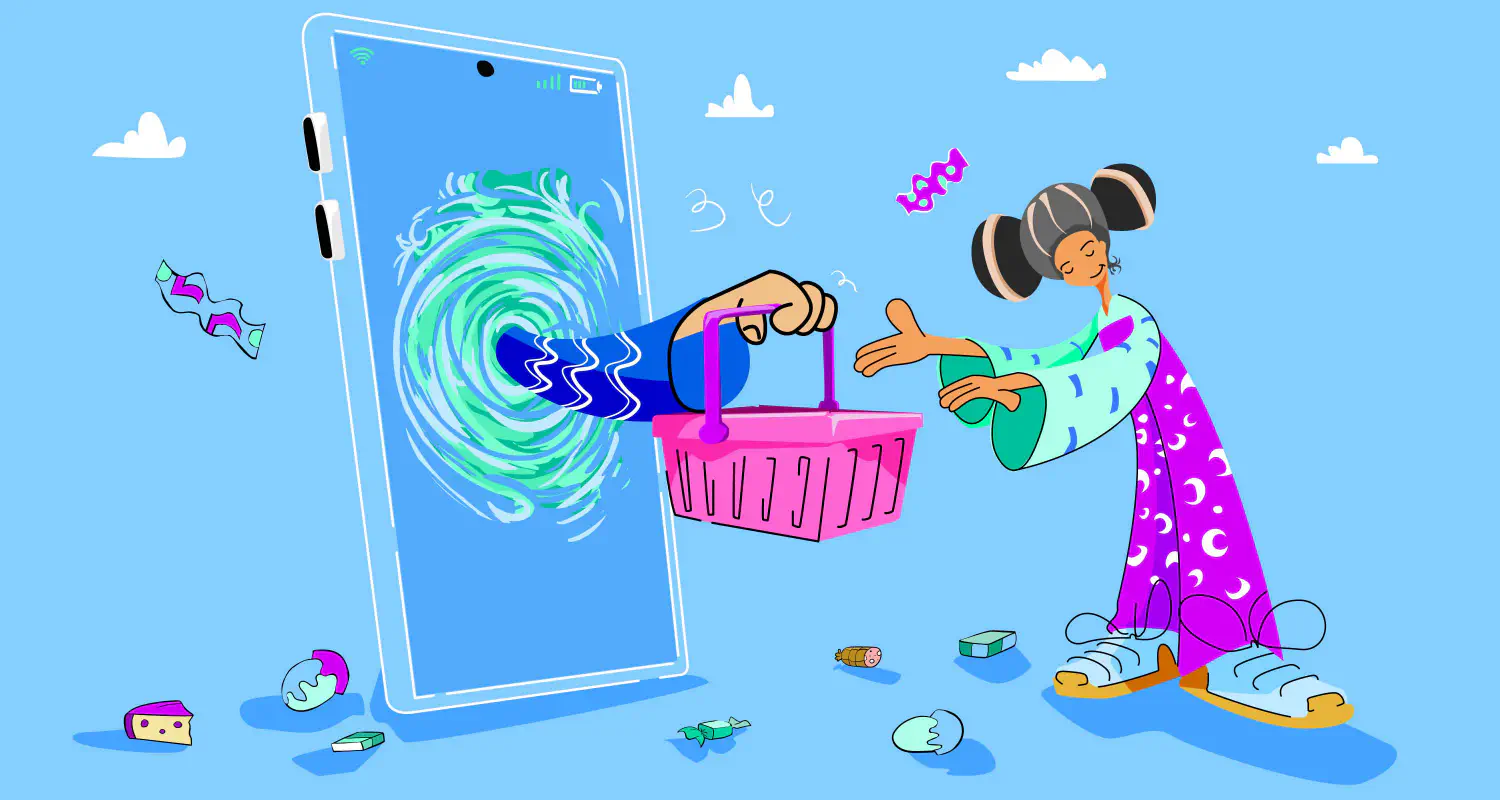Live Chat vs Messaging – Differences, Similarities & What’s Best for Your Business
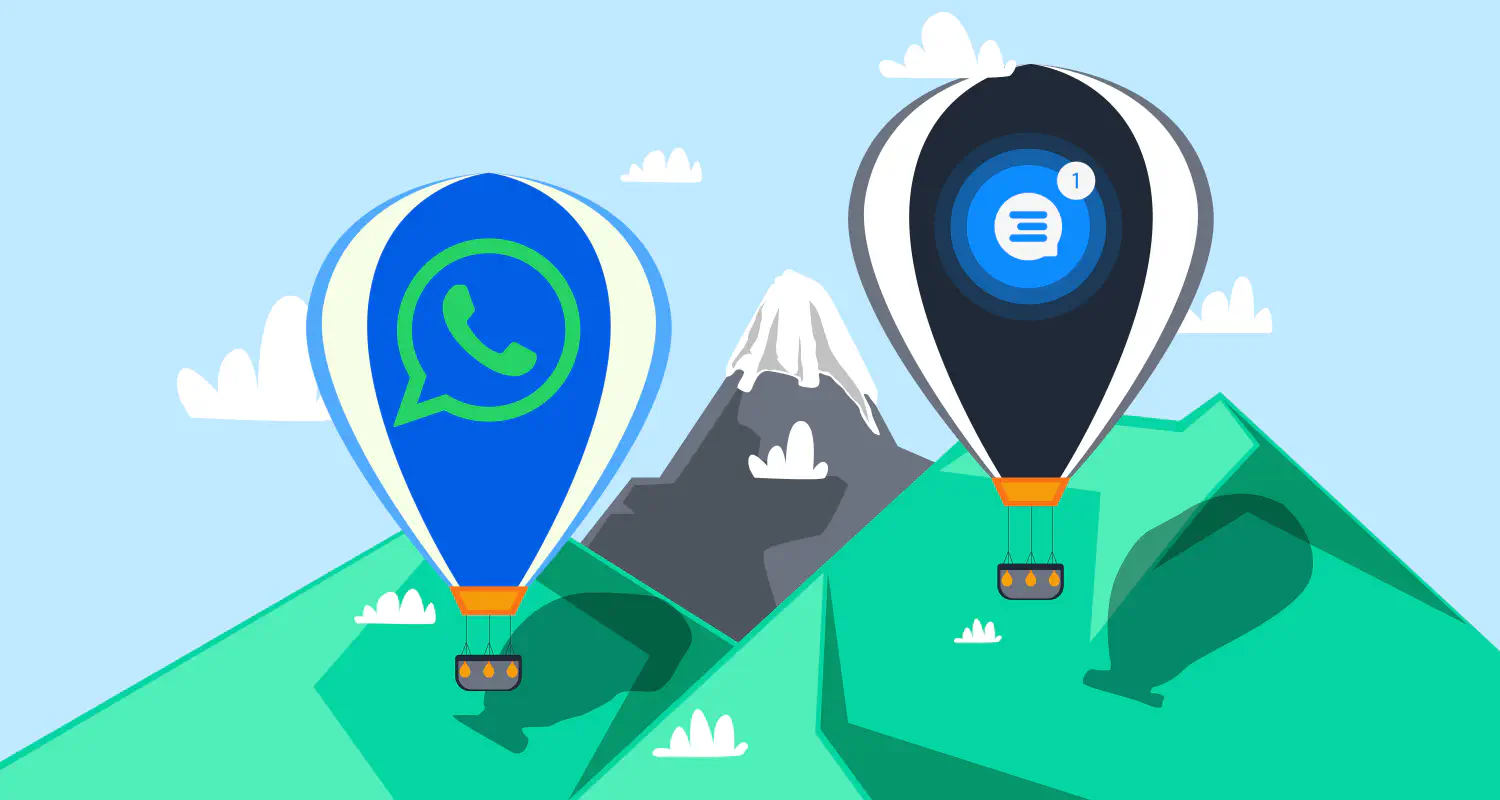
Should we opt for live chat or instant messaging for our customer communications? That’s a question most businesses have to answer very early on. Today, most businesses provide live chat on their websites as an instant communication option. However, there’s a new contender: instant messaging apps like WhatsApp are becoming a more frequently used option as businesses try to focus on creating deeper and more meaningful connections with customers. In this article, we’ll explore the differences between these widely adopted methods and when to use each.
What is live chat?
Live chat is a tool that allows businesses to talk to their website visitors or app users in real time. Visitors can type messages in a chat box on your website and receive instant responses from customer support representatives, sales agents, or automated chatbots. Live chat is particularly useful when you want to offer visitors an option for instant communication while they’re browsing or shopping on your site.
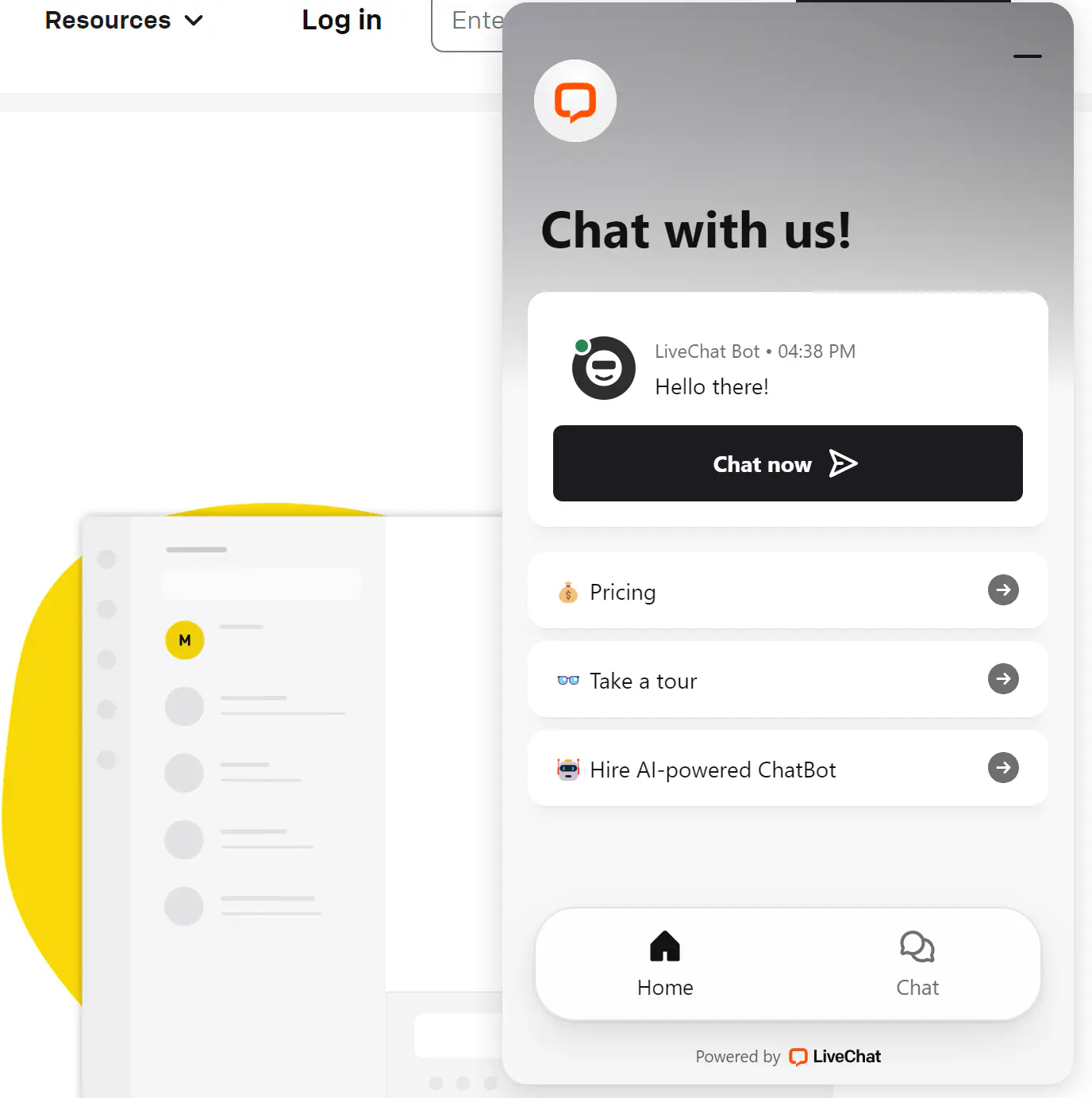
Live chat is used mainly for customer support, helping resolve issues quickly. It’s also used for sales, guiding potential customers & boosting conversions.
Key Features of Live Chat
Live chat offers a range of features that can improve customer service and user experience. Below, we explore the key features that make live chat a useful component of modern business communication.
1. Real-time communication
Live chat enables instant communication with customers, providing immediate responses and assistance. It helps in resolving issues quickly and can positively affect customer satisfaction by offering support exactly when it’s needed.
2. Website integration
Live chat can be easily embedded into websites, making it accessible for visitors to start conversations without leaving the page. This seamless integration ensures that customers can get help or ask questions without any hassle, enhancing their overall experience on the site.
3. Proactive chat invitations
With proactive chat invitations, businesses can start conversations with visitors before they even ask for help. This means sending personalized messages based on what visitors are doing on the site, like spending a lot of time on a page or leaving items in their cart.
4. Canned responses & automation
Pre-written responses and automated messages can speed up interactions. They allow agents to handle multiple chats simultaneously, improving response times and maintaining a high level of service.
Pros & cons of live chat for businesses
Live chat offers many advantages and some disadvantages for businesses. It’s important to weigh both to understand how it can impact your operations and customer interactions. Here are some key points to consider.
| Advantages | Disadvantages |
|---|---|
| Immediate assistance. | Requires dedicated staff. |
| Real-time responses. | Can lag during high traffic. |
| Cost-effective. | Complex issues are hard to resolve. |
| Provide customer data and insights. | Limited to chat hours. |
| Easily integrated with translation tools. | Data security issues. |
What is Instant Messaging?
Like live chat, instant messaging platforms help users & businesses exchange messages and media in real-time. The key difference is that instant messaging tools are a part of social networks. In contrast, live chat is integrated into company websites and is used solely for customer communication.
With the increasing popularity of social media, many businesses started using instant messaging apps to communicate with their users in real-time, similar to live chat. It helps businesses reach customers where they are most active.
Key Features of Instant Messaging
Instant messaging offers a range of features that make conversations quicker, more engaging, and secure. Here are some of the key features that highlight why instant messaging is becoming a popular choice for businesses.
1. Real-time communication
Instant messaging allows for immediate exchange of messages, making it perfect for quick conversations and real-time updates.
2. Multimedia sharing
Users can send not only text messages but also photos, videos, voice notes, and other media, enhancing the interaction.
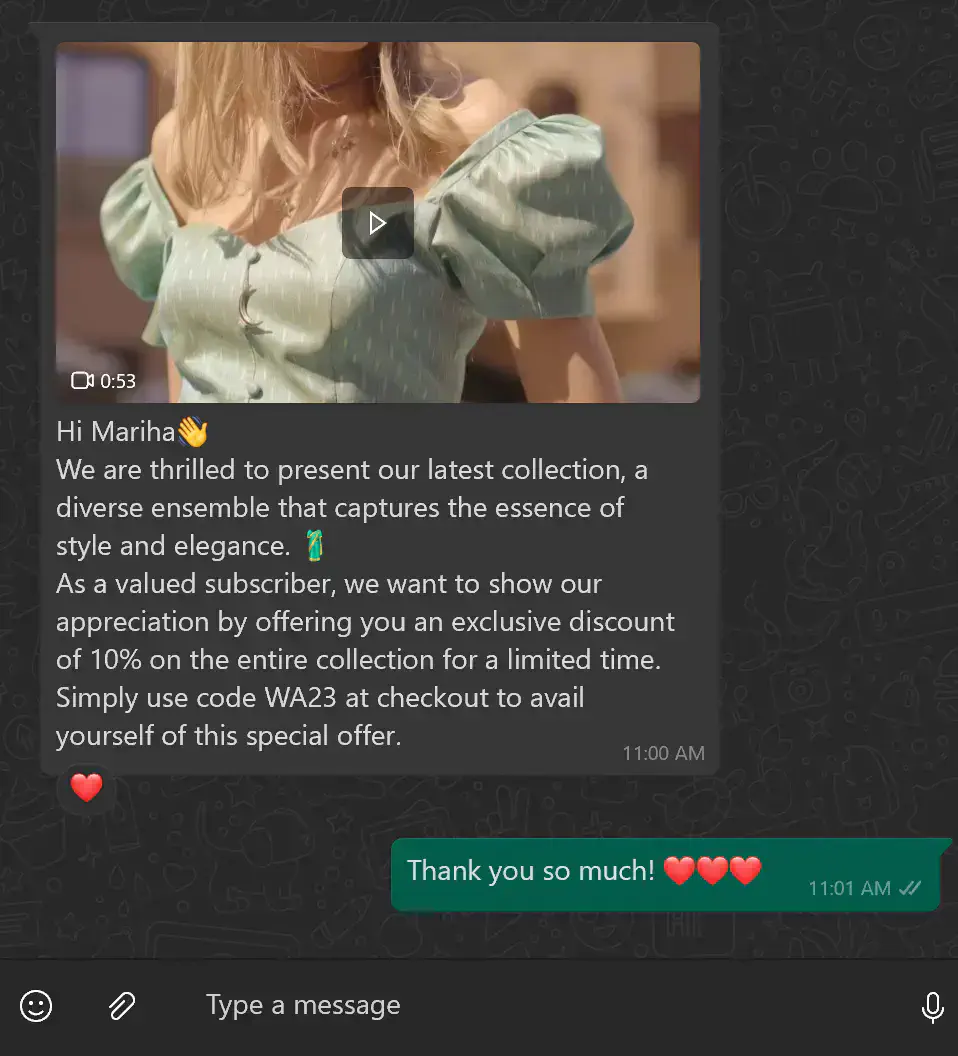
3. Group chats & broadcast messages
Messaging apps like WhatsApp support group chats, enabling users to communicate with multiple people simultaneously, which is useful for team discussions and social interactions.
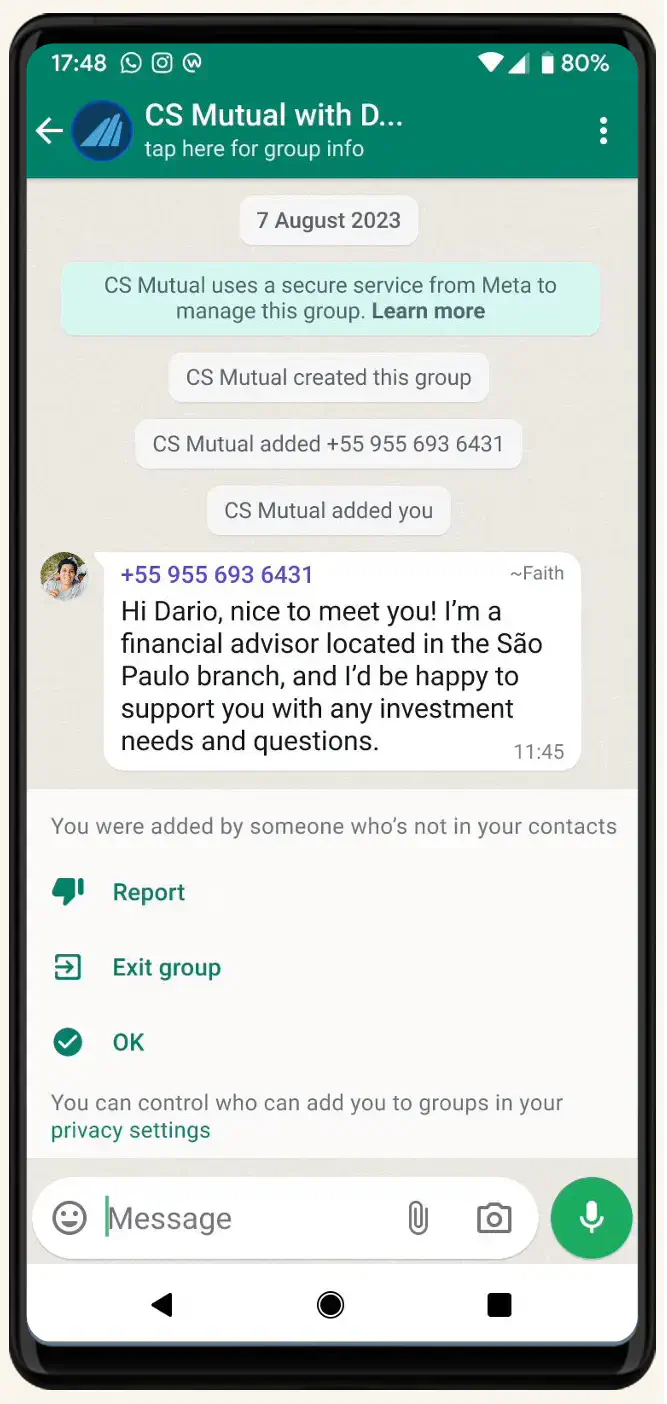
Businesses can send updates and promotions to multiple customers at once using broadcast lists, which help in nurturing leads or engaging customers more effectively
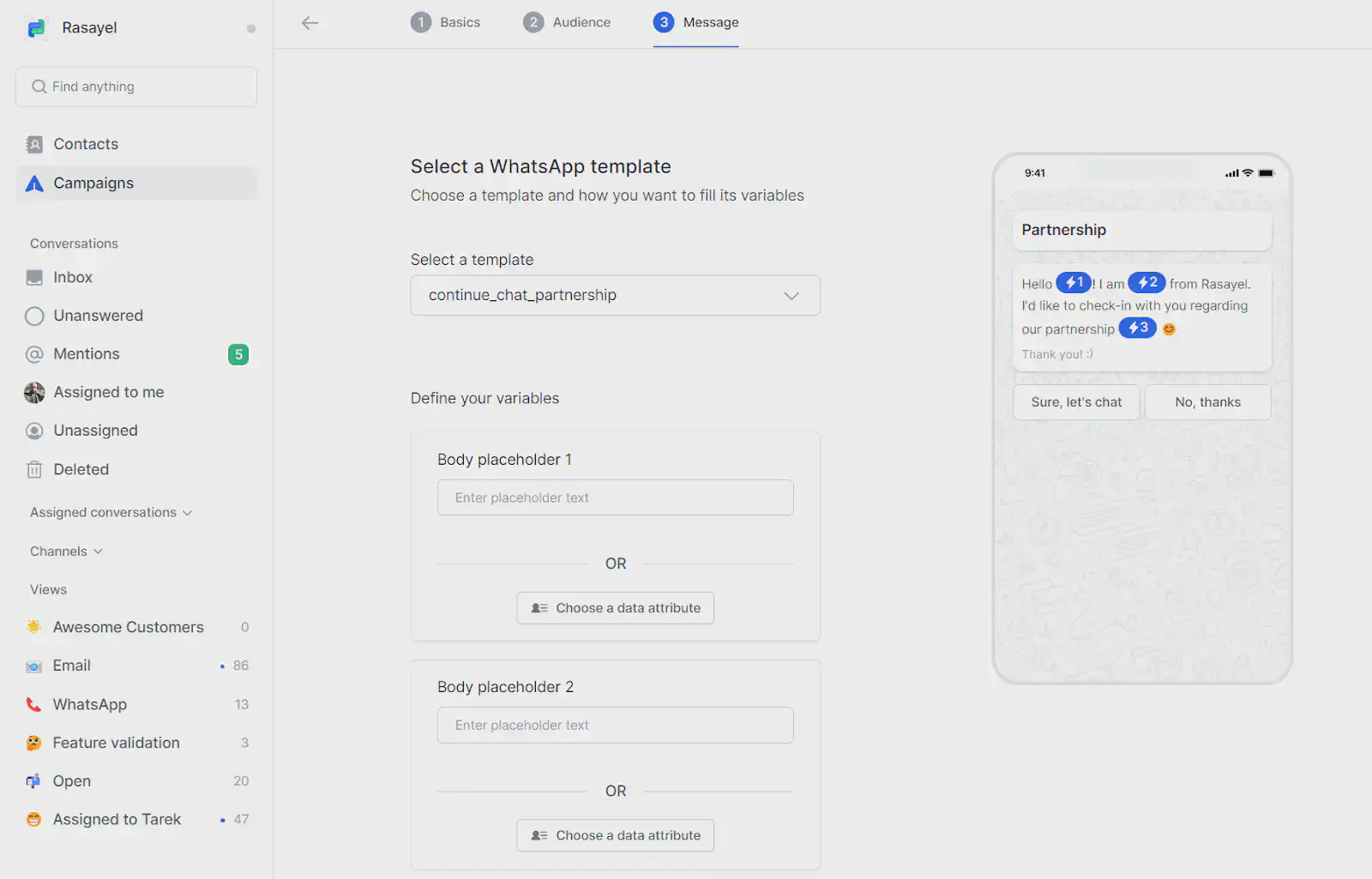
4. Encryption and security
Most instant messaging apps, like WhatsApp, offer end-to-end encryption to ensure that messages are secure and private.
5. CRM integration
If you’re using WhatsApp as an instant messaging app, as your business grows, you’ll need to scale your communications by upgrading to the WhatsApp Business Platform. With WhatsApp Business API, companies can integrate sales tools to handle deeper customer issues. This allows for seamless ticketing, customer support, and detailed team and customer analytics to improve service quality.
Instant messaging platforms can be integrated with Customer Relationship Management (CRM) systems, allowing businesses to manage customer interactions and data more effectively.
Pros & cons of instant messaging for businesses
Instant messaging platforms have their upsides and downsides for businesses. They offer flexibility, cost savings, and a permanent chat history, which all improve communication. But, they also come with some challenges that businesses need to consider.
| Advantages | Disadvantages |
|---|---|
| Real-time communication. | Constant notifications can disrupt workflow. |
| Quick queries and information sharing can streamline workflows. | Can lead to informal language and unprofessional communication. |
| Alows teamwork and collaboration. | Sensitive information can be compromised. |
| Cost-effective. | Staff need proper training. |
| Integration with other tools |
Live Chat vs Messaging: Which one is better for your business?
The answer to this question really depends on your specific business needs and use case. Some companies may find instant messaging more beneficial, while others prefer to use live chat.
You need to take into account several factors such as customer demographics, nature of your business, customer journey, etc. The following comparison table highlights key differences and similarities in specific areas like support time, data sync, organization, and collaboration.
| Live Chat | Instant Messaging | |
|---|---|---|
| Data Sync | Data is synchronized instantly within the company’s website. | Data is synchronized across multiple devices and platforms, including the company’s website. |
| Support Time | Typically offers real-time support during business hours. | Can provide 24/7 support if agents are available, leveraging asynchronous communication. |
| Organization | Integrated into the company’s website, ensuring structured and professional interactions. | Part of social networks, which can lead to more casual communication. |
| Collaboration | Allows for collaboration through internal transfers and team chats within the platform. | Supports group chats and multimedia sharing, enhancing team collaboration. |
| Customer Flexibility | Customers can receive immediate assistance while browsing the website. | Customers can reach out from any device at any time, providing more flexibility. |
| Persistent Chat History | Chat history can be stored and reviewed for quality and training purposes. | Persistent chat history across devices, making it easy to reference past conversations. |
| Cost-Effectiveness | Reduces call center costs by handling multiple chats simultaneously. | Lower operational costs, especially with platforms like WhatsApp that require minimal infrastructure. However, for more complex operations, businesses must use WhatsApp Business API which can increase costs. |
| Scalability | Scalable with chatbots and AI to handle increased traffic. | Highly scalable, with the ability to handle large volumes of messages without additional infrastructure. |
| Security | Typically secured within the website’s infrastructure, following company policies. | End-to-end encryption provided by platforms like WhatsApp, but dependent on the platform’s security measures. |
| Customer Engagement | Proactive chat invitations can engage visitors before they seek help. | Supports continuous engagement with customers even outside of the website environment. |
When to Use Live Chat vs Instant Messaging
Choosing between live chat and instant messaging depends on the specific needs and scenarios of your business. Each option offers distinct advantages that make them suitable for different types of interactions and customer needs.
When to use live chat
Live chat is ideal for scenarios that require immediate, real-time support and engagement on your website.
When to use instant messaging
Instant messaging, like WhatsApp, is great for ongoing, personalized communication that goes beyond just website interactions. It’s perfect for keeping continuous engagement with customers, especially on mobile devices.
- Advanced sales processes
- Personalized marketing campaigns
- Proactive engagement
- Deep integrations with CRM and other tools
- Efficient collaboration features
Conclusion
In summary, live chat and messaging each have their strengths depending on your business needs. Live chat is ideal for real-time support on your website, helping with immediate queries and ensuring professional interactions, especially during checkout or technical support. In contrast, messaging platforms like WhatsApp are great for personalized, ongoing communication.
Before choosing, consider your customer demographics, business nature, and preferred communication methods. Live chat suits immediate website support, while messaging is better for long-term engagement and mobile communication.
Frequently Asked Questions
Learn more
If you'd like to learn more about how WhatsApp can help you grow your business, please reach out to us on WhatsApp at +13024070488 (Click to chat now).
We also offer a free consultation session where we review your use case, answer any questions about WhatsApp, and help you build a strategy to make the best out of the platform. Book a call with us here. We'd love to speak with you:
Book a call: Europe, the Middle East, and Africa
Book a call: LATAM
Curious about Rasayel? Schedule a demo today.

Miodrag is a seasoned WhatsApp marketing expert with over 15 years of experience in B2B sales and communication. Specializing in the use of WhatsApp Business API, he helps businesses use WhatsApp’s marketing features to grow their sales and improve customer engagement. As one of the early adopters of WhatsApp Business, Miodrag has a deep understanding of its tools and strategies, making him a trusted authority in the field. His insights have helped many businesses with their communication strategies to achieve measurable results.

